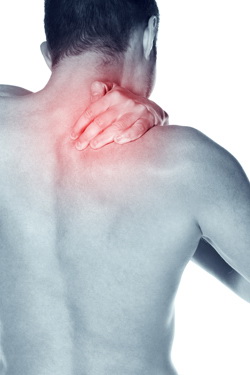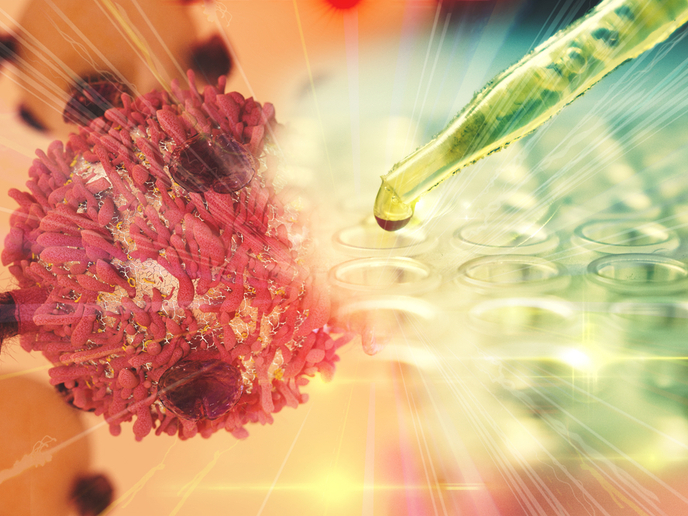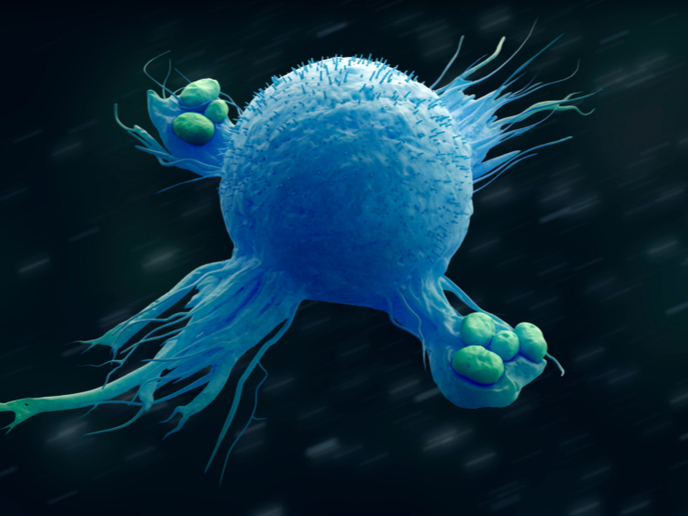Is our behaviour towards pain heritable?
European surveys estimate that 19 % of the population suffers from a chronic pain condition. This undermines their well-being and poses a serious social and economic burden to our society. In order to tackle such issues, one needs to consider what factors determine how we respond to pain. Do we perceive it all in the same way or are some of us more susceptible to certain forms of pain? Current research indicates that there is a predisposition to pain especially after neural injury (neuropathic pain) which may be inherited. To address these issues the EU-funded ‘Heritability of chronic neuropathic pain’ (Paingenes) project used rodent models of neuropathy to identify genomic loci associated with susceptibility to pain. Project members argued that pain susceptibility genes would affect pain intensity irrespective of the cause of neural damage. Genetic studies were conducted alongside expression arrays to define genetic and cellular variables that are important for determining behaviour towards pain. By using electrophysiology on sensory neurons, scientists were able to determine the pain levels in different rodent strains. Breeding of animals with different levels of pain susceptibility revealed that pain is a heritable trait and the susceptibility gene is located on rodent chromosome 15. However, environmental and sex factors were also found to affect pain behaviour obscuring the effect of the pain susceptibility gene. Moreover, scientists examined the sensitivity of heat stimuli on the skin to find that the differences observed between pain sensitive and insensitive animals were due to sensory receptor neurons in the skin and expression of the neuroactive peptide CGRP. Gene expression analysis identified a small number of genes that were differentially regulated between animals with low and high pain susceptibility, suggesting that they might be responsible for the heritable difference in pain experience. Overall, the Paingenes project contributed significant knowledge on pain biology and genetics. The important identification of a pain susceptibility genetic locus provides a novel target for studying pain in humans which will ultimately facilitate the development of prognostic and diagnostic methods for pain sufferers.







